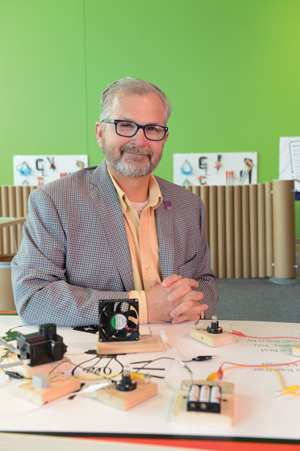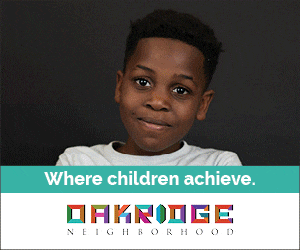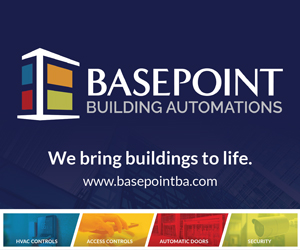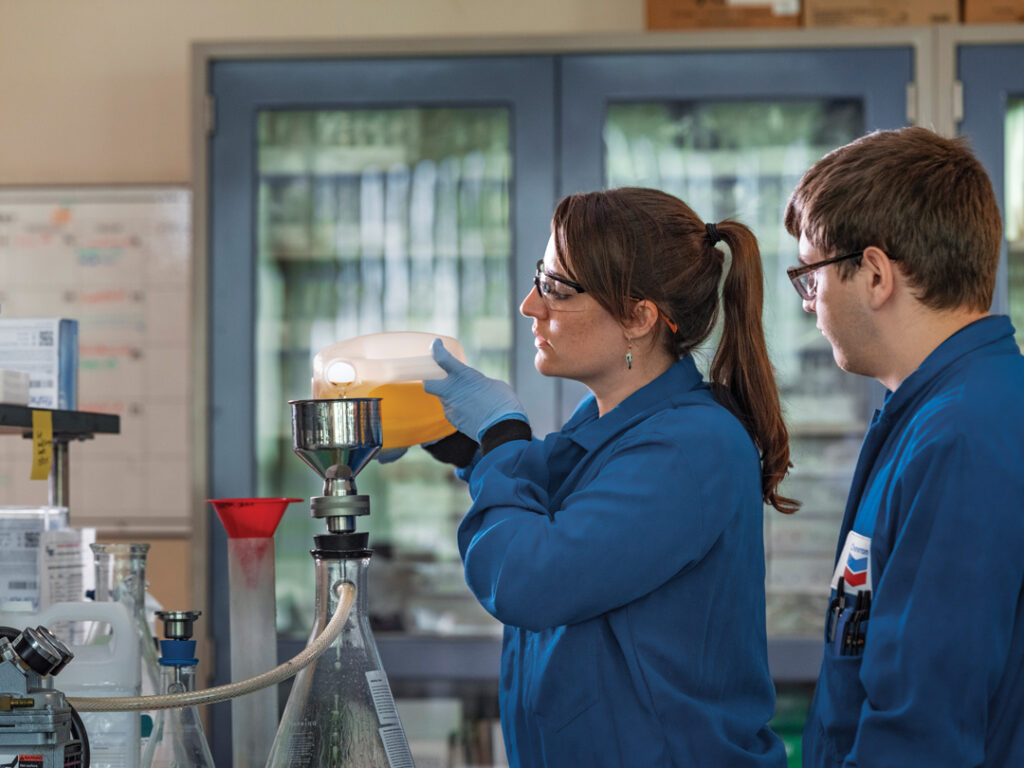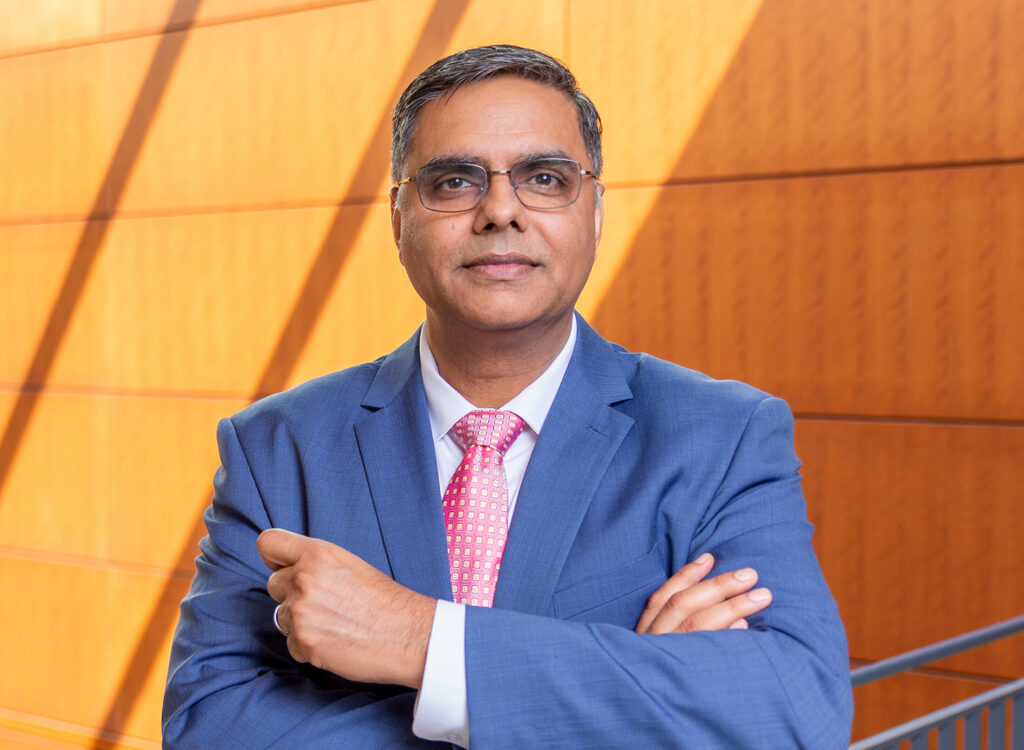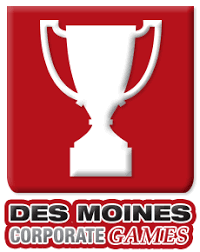The evolution of science
after 10 years downtown Science Center looks to future

MEGAN VERHELST Oct 9, 2015 | 11:00 am
4 min read time
972 wordsArts and Culture, Business Record InsiderTen years after moving downtown, the Science Center of Iowa (SCI) is planning to ask the community how it should change in the future.
To determine how SCI will evolve in the coming years, a new master plan will place a heavy focus on the community — what it most wants and needs, said Curt Simmons, Science Center president and CEO. The goal is not to change the programming or features Iowa residents enjoy most, but to consider what else SCI can provide to make its programming more robust.
“This change point we’re at involves letting go of some control and partnering with people in the community who have the expertise,” Simmons said. “It involves figuring out how to get the most out of our partnerships.”
But first, a look back.
After outgrowing its previous home in Des Moines’ Greenwood Park, the organization moved downtown in 2005, after a $62 million capital campaign to build at 401 W. Martin Luther King Jr. Parkway.
“We needed to expand the footprint of our operation,” Simmons said. “Greenwood would have been overpowered. We quadrupled the number of visitors after moving here.”
May 14 this year marked the organization’s 10-year anniversary downtown. In that decade, 3 million visitors have passed through its doors. An estimated 7,000 people are members.
SCI was built at what Simmons said was the “backstop” of downtown at that time. The core of Des Moines has grown up around the museum since then, and SCI has grown up as well.
“Primarily, we were viewed as a children’s facility, and while children are still at our core, we subtly modified our mission statement a couple years back to include lifelong learners,” he said.
Why change now?
What changes have prompted SCI to re-evaluate its role in the community?
1. “Leisure time and family time is constrained,” Simmons said. “An organization needs to offer good-quality experiences that are not just fun, but meaningful, because there is a lot of competition out there for the same thing.”
2. The increased focus on science, technology, engineering and mathematics (STEM) learning. SCI is one of the few science centers in the nation to offer a full preschool. Still, that isn’t enough to address the growing need to produce more STEM-literate children. “It’s becoming an economic development reality,” Simmons said. “This goes beyond running a good preschool. We need these learners, so what else can we do to help? We can offer fun experiences for families, but we also are positioning ourselves to be more significant in the STEM arena.”
3. Greater Des Moines has grown as a cultural capital, which means it has new needs.
What’s ahead
Simmons said the SCI staff plans to complete a digital conversion of the facility’s IMAX theater. It’s a big investment, he said, but a worthy one since it’s the only IMAX theater in Iowa. Also, SCI closed its planetarium this summer to make significant improvements to its technology.
Two years ago, SCI officials completed a strategic plan that outlined the organization’s operational goals. The master plan will continue to build on that strategic plan with more tangible guidance, goals and ideas for implementation.
Earlier this year, SCI brought in outside consultants Exploratorium Global Studios, who met with eight community members representing Greater Des Moines business, government and education. Consultants also participated in a retreat with SCI board members and had conversations with staff members to discuss ideas and needs. The staff also underwent training on the “Disney Way,” a specialized form of customer service training.
Among those involved in the early stages of feedback, there was a lot of alignment from participants in the areas of accessibility and inclusion, high-quality STEM education and the importance of SCI’s role in the community.
“(The consultants) said they had never seen so much alignment on the issues,” Simmons said. “There’s a real awareness (among residents) for what this community needs.”
SCI plans to host more focus groups and community evaluations. In addition, the staff plans to conduct more real-time evaluation within the Science Center to garner feedback on the facility’s day-to-day operations and visitor experience.
Simmons said audience research would wrap up in early fall.
“This is very much about taking a community engagement approach. This is about being sure we know what the community wants and needs — and not just now, because you need a system to stay in contact or else you will fall flat on your face,” Simmons said. “We’ve just started digging into the top layer with what our community representatives told us. In doing market research, we will actually reach and learn, more specifically, what users and non-users think about us and how it will shape our future.”
SCI staff members will then move through two additional planning phases. Phase two will include product definition. “This phase will define what we do, what we change, new products (we incorporate), what we do more of,” Simmons said. “This doesn’t mean it’s a new exhibit. Maybe it’s a roving health van that travels around the state.”
The final stage will address financing, if required.
“Financially, we will need to figure out how much we will need, how we will raise it, or how we will partner with the community to make things happen,” Simmons said.
The total time anticipated to create the new master plan is nine months, Simmons said. The plan should be completed by February 2016.
“We as an organization need to not just catch up, but get out in front of community change and be able to anticipate where things are going,” he said.
“Our goal is to have a more real-time relationship with the community rather than a late-response one. … We want to be an active part of the community’s growth by doing things (residents) find relevant to their lives, each and every day.”

